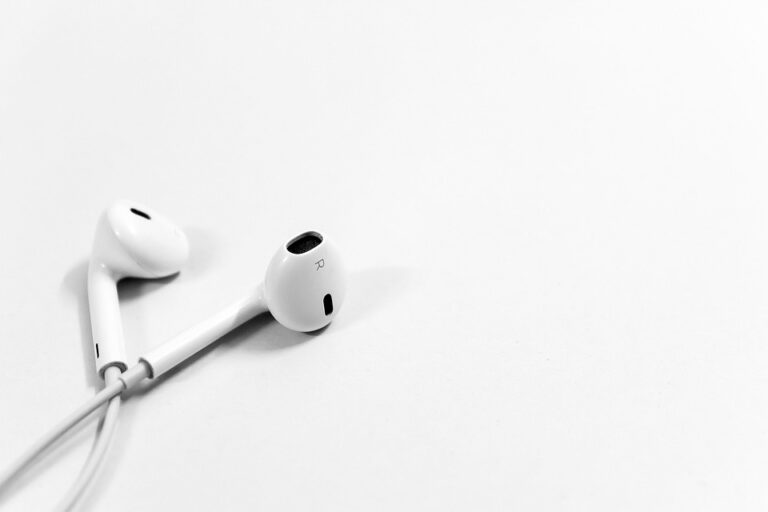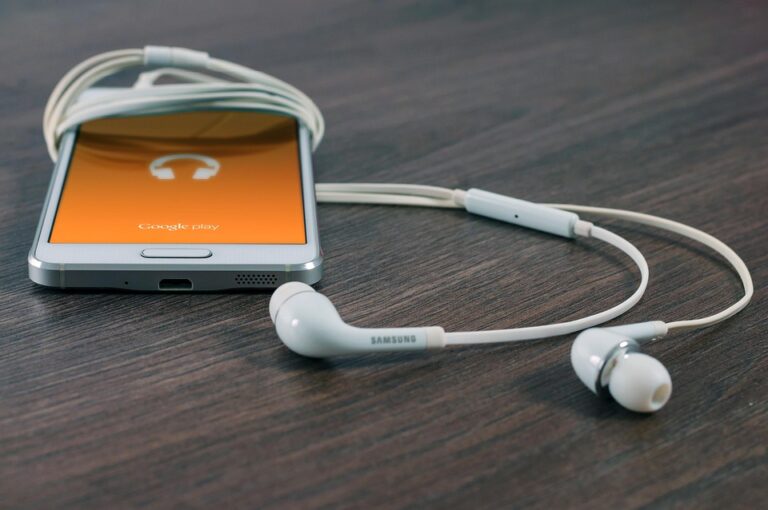
Understanding the Common Types of Screen Protectors: A Comprehensive Guide for Smart Device Users
In a world where our smartphones and tablets have become extensions of ourselves, the importance of safeguarding these devices cannot be overstated. The screen, being the most vulnerable part, often bears the brunt of daily wear and tear. Enter screen protectors – a simple yet effective solution designed to preserve the pristine condition of our beloved gadgets. But with an array of options available, how do you navigate the maze of choices? Let’s delve deeper into the common types of screen protectors, exploring their merits and drawbacks.
1. Tempered Glass: The Titan of Protection
When it comes to robust defence, tempered glass protectors reign supreme. Crafted through a process of extreme heating and rapid cooling, this type of protector is designed to absorb shocks and resist scratches. Unlike plastic alternatives, tempered glass offers a tactile experience that closely resembles the original screen, ensuring that you don’t compromise on usability.
However, it’s essential to note that while tempered glass is highly resilient, it is not indestructible. A significant drop may shatter the protector, potentially sparing your screen from damage but requiring replacement nonetheless. Some users have raised concerns about the thickness of these protectors, which can sometimes interfere with cases. Yet, the peace of mind they provide often outweighs these considerations.
2. Plastic Film: The Understated Choice
Plastic film protectors, while less robust than their tempered glass counterparts, have their own unique advantages. Typically made from PET (polyethylene terephthalate) or TPU (thermoplastic polyurethane), these protectors are incredibly thin and lightweight. They adhere seamlessly to the screen, maintaining the device’s sleek profile and offering decent scratch protection.
That said, their transparency can sometimes lead to a less vibrant display, and they are more susceptible to yellowing over time. Moreover, they do little to absorb shocks compared to glass protectors. Thus, they may be better suited for individuals who prioritise minimalism over maximum defence. It raises an interesting question: is it better to have a barely-there protector that keeps the aesthetics intact or a bulkier option that prioritises durability?
3. Liquid Screen Protectors: The Futuristic Option
Liquid screen protectors are relatively new on the market, and they present a fascinating alternative. This type of protection involves applying a liquid solution that bonds with the screen, creating a nano-coating that offers a level of scratch resistance. One of the most appealing aspects is that it preserves the device’s original feel without the added bulk.
However, the effectiveness of liquid protectors can be a point of contention. Some manufacturers tout impressive durability, while others suggest that they offer only minimal protection. Additionally, the application process can be somewhat tricky, demanding precision to avoid bubbles and ensure even coverage. Are we ready to trust a liquid solution for our precious screens, or does the traditional protector still hold sway?
4. Privacy Screen Protectors: Guarding Your Secrets
In an era where privacy is paramount, privacy screen protectors have carved a niche for themselves. These protectors employ a special filter that narrows the viewing angle, making it difficult for onlookers to see the screen unless they’re directly in front of it. For those who frequently use their devices in public spaces, this can be a game-changer.
Nonetheless, while they excel at keeping prying eyes at bay, privacy protectors can sometimes distort the clarity of the display. Moreover, they may not offer the same level of scratch or impact protection as tempered glass. It begs the question: do we compromise visual quality for a sense of security in public settings?
The Final Word
In the grand scheme of device protection, the choice of screen protector ultimately hinges on personal preferences and lifestyle. Whether you opt for the rugged strength of tempered glass, the understated elegance of plastic film, the innovative nature of liquid protectors, or the discreet security of a privacy screen, each option comes with its own set of advantages and limitations.
As you navigate these choices, remember that safeguarding your device is an investment in its longevity. At BargainsTrust, we continue to bring you curated information on a variety of products, ensuring that you make informed decisions tailored to your needs. Your device deserves the best – choose wisely!






